Basic Gardening Language You Should Know
Your not expected to be a gardening linguistic expert, to get started in gardening, however knowing some of the commonly used gardening terms that are found on plant labels and garden centre websites would be extremely advantageous.
If you want to check out more gardening terms then feel free to check out our gardening glossary.
Annuals
What are annuals?
Quite simply annuals last for just one season. They grow from seed, then flower, produce seed and then die. Annual plants come under two categories, hardy and half-hardy
Hardy annuals
What is a hardy annual?
These plants can tolerate the cold, which means that you can sow them outdoors in the spring and once the soil warms up enough, they will germinate and flower. Hardy annuals will usually flower earlier than half hardy annuals.
Examples:
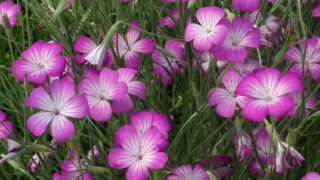
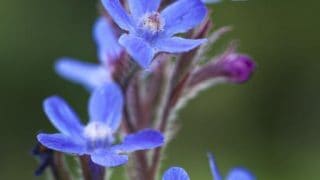
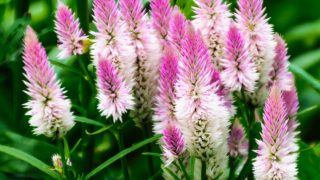
Half-hardy annuals
What is a half-hardy annual?
These plants hate cold and are killed by frost, you can’t plot them out until after the last frost. Then they keep growing and flowering until they are killed by the first frost in autumn.
Examples:

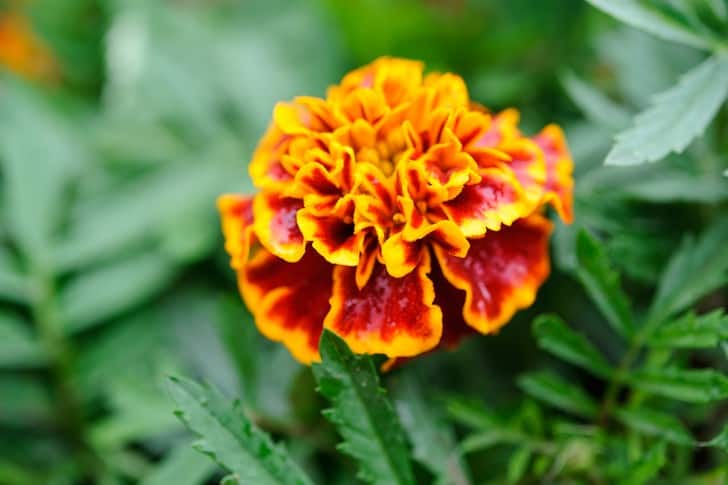
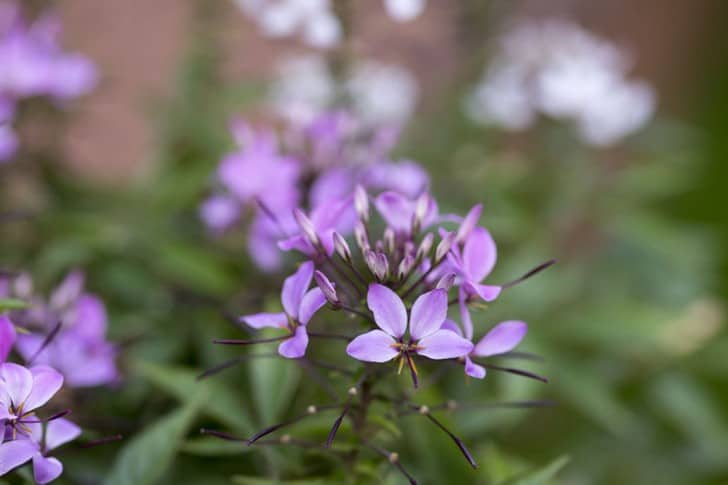
Biennials
What are biannual plants?
Well these are plants that take roughly 2 years to flower, you will sow them this year and then they will flower next year. Some will complete their life-cycle in two years, however some may last several years.
Examples:
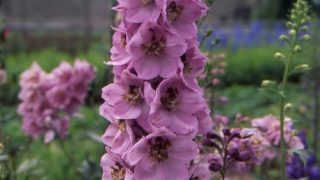
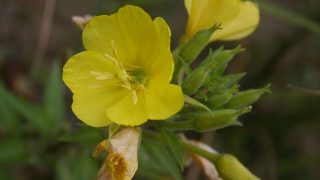
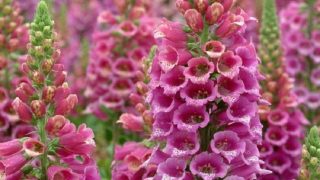
Perennials
What is a perennial plant?
These are plants that usually live for two or more years. These plants usually die down to a rootstock every autumn and then spring back to life in the spring. To confuse things further some perennials don’t actually die down in winter.
Hardy perennials
What is a hardy perennial?
A hardy perennial plant is a plant that you can leave in the ground all year round, basically it can tolerate the cold and it is not affected by frost. You can actually leave them in the ground a few years before they would actually need to be dug up and divided.
Examples:

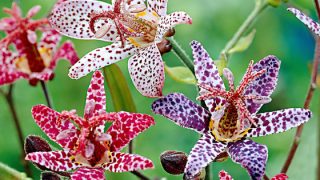
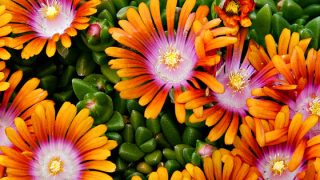
Half hardy perennials
What is a half hardy perennial?
Well these are pretty much the same as hardy perennials except for one little thing, they hate the cold. They can survive for years but frost will kill them. Half hardy perennials must be kept indoors or in a heated greenhouse over winter.
Examples:
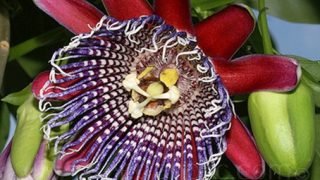
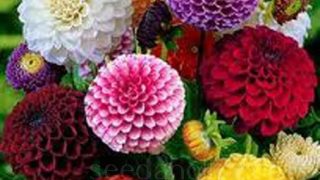
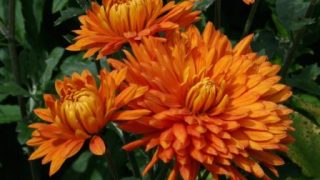
Bedding plants
What are bedding plants?
Bedding plants is a term given to plants which provide a temporary decorative display seasonally, they can be used in beds, containers, borders and hanging baskets. You can even use to fill the gap around the garden.
They can be grown from seed and transplanted, or bought as plant plugs, multipacks or cellular trays ready for planting.
You can use half hardy annuals, half hardy perennials, bulbs and even shrubs as bedding plants.
To give an example most public gardens change the bedding plants displays twice a year, replanting in late spring for summer and early autumn for winter/spring.
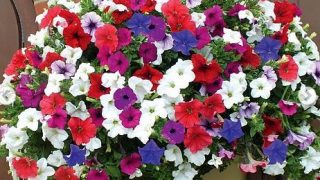
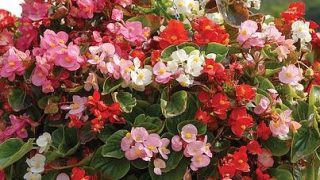
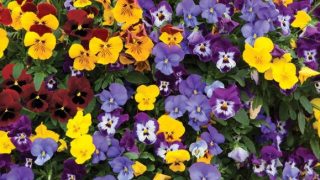
Woody plants
What are woody plants?
A woody plant is a plant that produces would as its structural tissue above the ground. They include trees, shrubs and climbers. An example of Woody climber is Ivy.
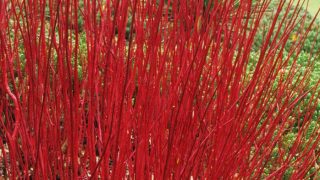
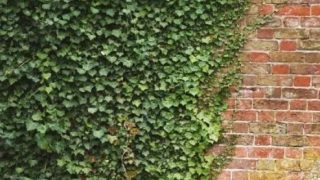
Deciduous Plants
What are deciduous plants?
These are plants that will lose their leaves in the autumn every year replacing them in the spring.
Trees being the obvious plants here.
Evergreen plants
What are evergreen plants?
These are plants that keep their leaves all year round, this is kind of true as they do shed old leaves here and there throughout the year.

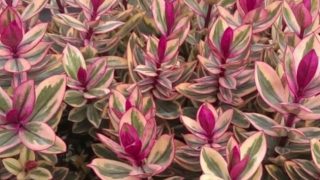
Semi-evergreen plants
What is a semi-evergreen plant?
Sometimes you get plants labelled as semi evergreen. These are plants that just can’t make up their minds, in a mild winter or sheltered location they tend to keep their leaves. Whilst during a cold winter or expose location they will shed their leaves.
